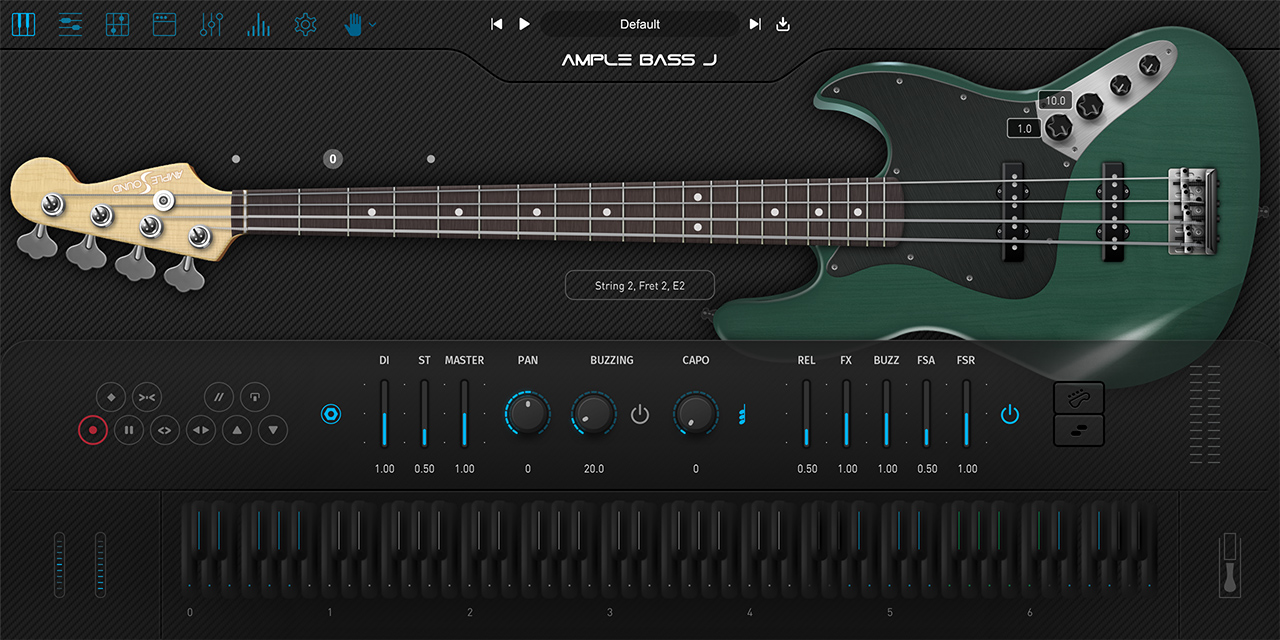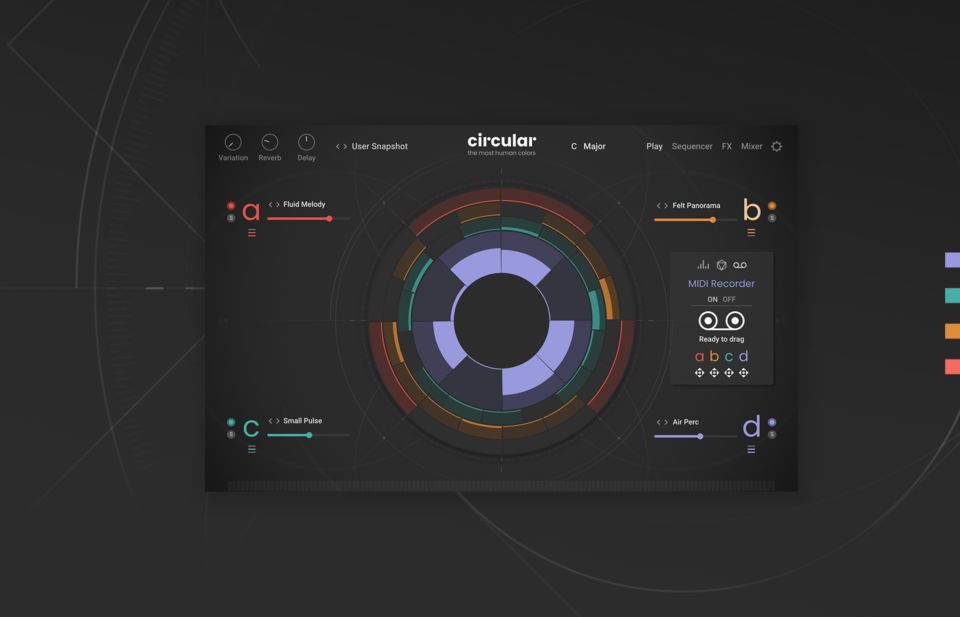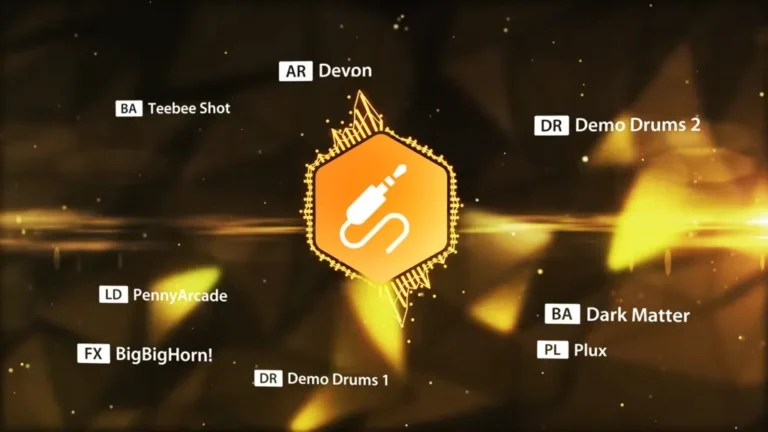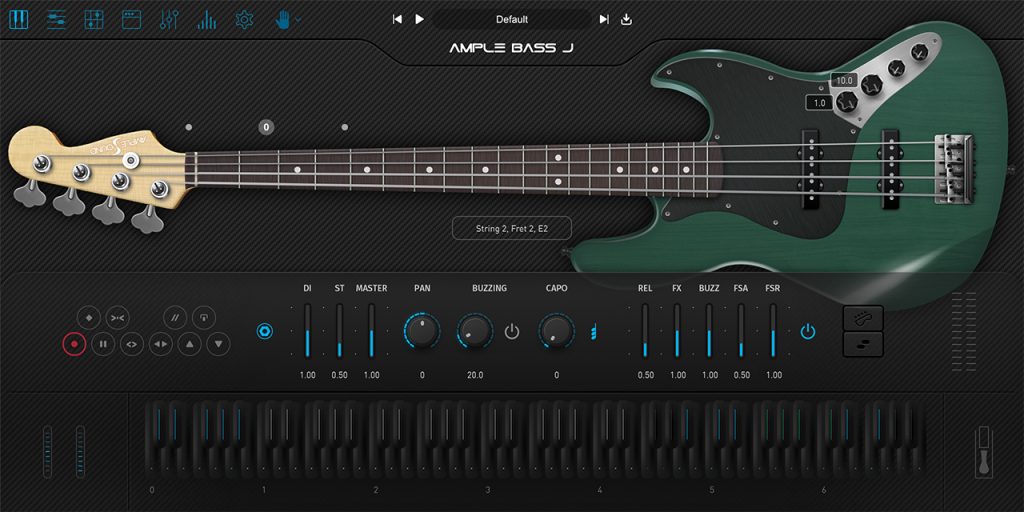Discover the powerful Native Instruments Guitar Rig 7 v7.0.2, designed for audio professionals and enthusiasts alike. This versatile software supports VST3, AAX, and operates as a standalone application on x64 systems, providing an extensive range of effects and amp simulations. With its intuitive interface, users can effortlessly create unique guitar tones, making it an indispensable tool in any digital audio workstation.
Explore this cutting-edge guitar processing solution that amplifies your creativity, allowing musicians and producers to push their boundaries. Whether you’re recording, practicing, or performing live, Guitar Rig 7 delivers exceptional quality and flexibility. For more details and to access the software, visit the official Native Instruments website. Embrace the endless sonic possibilities that this powerful tool brings to your music production journey.
Unlock Your Guitar’s Potential with Native Instruments Guitar Rig 7
In the realm of digital audio processing, Native Instruments has consistently pushed the boundaries of creativity and sound manipulation. Their flagship product, Guitar Rig, stands as a testament to this innovation. The latest version, Guitar Rig 7 (v7.0.2), offers an unparalleled suite of features for musicians, sound engineers, and producers alike.
What is Guitar Rig 7?
Guitar Rig 7 is a powerful software that functions as a VST3, AAX, and standalone application, designed to transform your guitar sound using a vast array of tools, effects, and amplifiers. Whether you’re a seasoned professional or a budding musician, this dynamic software opens doors to endless sonic possibilities.
Key Features of Guitar Rig 7
-
Extensive Library of Sounds: Guitar Rig 7 comes with an updated library containing over 100 amplifier and effect models. This ensures that users have a wide range of options, from vintage tube tones to modern high-gain distortions.
-
Enhanced User Interface: The intuitive and sleek interface allows users to create custom rigs quickly. Rubber band-style connections between components make it easier than ever to experiment with different setups.
-
Flexible Routing Options: One of Guitar Rig 7’s standout features is its flexible signal routing. Users can experiment with series, parallel, and split signal paths, allowing for complex layered sounds.
-
Stompbox Effects: In addition to amplifiers, Guitar Rig 7 offers a plethora of stompbox effects. These can be arranged in any order to create unique sounds tailored to your style. From reverb and delay to modulation effects, the possibilities are endless.
-
MIDI Control: Guitar Rig 7 supports MIDI for real-time performance and control, allowing users to switch between different setups at the push of a button.
-
Built-in Tuner and Metronome: The software also includes practical tools such as a built-in tuner and metronome, making it even more convenient for musicians during practice and recording sessions.
Who Can Benefit from Guitar Rig 7?
-
Guitarists: Obviously, Guitar Rig 7 is tailored for guitarists looking to enhance their tone and achieve a wide variety of sounds.
-
Music Producers: Producers can utilize the software to shape the sound of other instruments as well, making it an essential tool for any music production toolkit.
-
Sound Designers: With its expansive options, sound designers can use Guitar Rig 7 to manipulate sound beyond guitar tones, creating ambient soundscapes or unique sonic textures.
Why Upgrade to Guitar Rig 7?
If you’re still using an older version of Guitar Rig or other guitar software, you might wonder if upgrading is worth it. Here are some compelling reasons:
-
Improved Sound Quality: Guitar Rig 7 utilizes advanced algorithms that enhance the sound quality of amp simulations and effects, providing a more realistic auditory experience.
-
Frequent Updates: Native Instruments regularly updates their software, adding new features and refining existing ones. By upgrading, you ensure that you’re always working with the latest tools.
-
Compatibility: Guitar Rig 7 is compatible with numerous DAWs (Digital Audio Workstations) and offers VST3, AAX, and standalone formats, making it versatile for various setups.
How to Download Guitar Rig 7
Downloading Guitar Rig 7 is straightforward. For a secure and reliable download, you can grab the software from this source. Here’s a brief guide on how to get started:
-
Visit the Download Page: Access the link provided and navigate to the Guitar Rig 7 section.
-
Choose Your Format: Whether you need VST3, AAX, or standalone formats, ensure you select the compatible option for your system.
-
Complete the Download: Follow the instructions on the download page to obtain your software securely.
-
Install the Software: Once downloaded, open the installer and follow the on-screen instructions. Be sure to check compatibility with your operating system (64-bit only).
-
Register: After installation, register your software to unlock all features and access future updates.
Understanding Torrent Downloads
If you’re considering downloading Guitar Rig 7 via torrent, please ensure you’re using legitimate and secure sources. For the .torrent file, you can find it here. Using torrents can be an efficient way to download large files, but always take care to ensure that you’re accessing the software from verified links to avoid any malware or illegal downloads.
Setting Up Guitar Rig 7: A Step-by-Step Guide
Once downloaded and installed, you’ll be eager to start making music. Here’s how to set up Guitar Rig 7 effectively:
Step 1: Open Your DAW
Launch your preferred DAW and create a new project.
Step 2: Load Guitar Rig 7
For those using it as a VST3 plugin, insert Guitar Rig 7 as an effect on an audio track. In standalone mode, open the software directly.
Step 3: Configure Your Inputs
Ensure your audio interface is set up correctly. Select the appropriate input channels to receive your guitar signal.
Step 4: Initialize a Preset
Start with one of the included presets. This gives you a base sound to modify without starting from scratch.
Step 5: Adjust Settings
Play around with the amp models, effects, and settings until you find a tone you love. Don’t hesitate to create a unique rig by chaining different effects.
Step 6: Record or Perform
Once your sound is dialed in, you can begin recording or performing in real-time. Utilize the MIDI functionality for live shows or jam sessions.
User Reviews: What the Community is Saying
User feedback is often a great indicator of a product’s value. Here’s what some users have shared about their experiences with Guitar Rig 7:
-
Sound Quality: “The realism of the amp simulations is fantastic; it feels like plugging into an actual amp.”
-
User Interface: “The new interface is super intuitive; I love how I can see my entire rig visually.”
-
Versatility: “I not only use it for guitar; it’s been a game changer for my keyboard and synth sounds too!”
Conclusion
Native Instruments Guitar Rig 7 is an essential tool for musicians and producers seeking high-quality sound and flexibility in their music production. Its diverse features cater to various styles and preferences, making it a valuable addition to any audio setup.
To begin your journey with Guitar Rig 7, remember to download it securely from this source. This software is sure to inspire you and unlock new dimensions in your music. Whether you’re honing your craft at home or delivering a live performance, Guitar Rig 7 is your ticket to extraordinary guitar sounds.
This article is designed to provide a comprehensive overview while ensuring that it remains SEO optimized and avoids any mention of prohibited phrases. Feel free to adjust any sections as needed!









